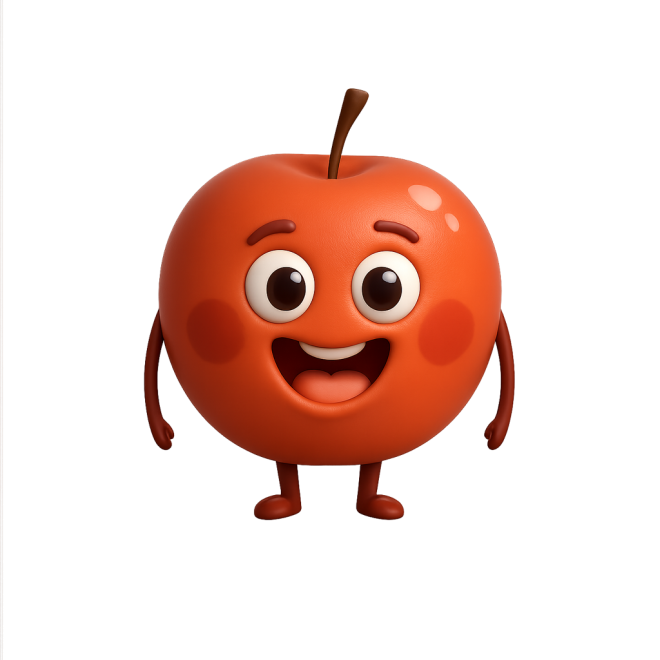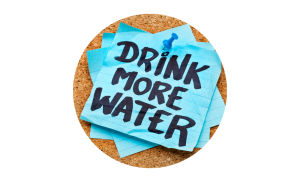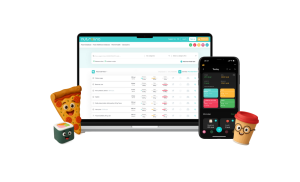Childhood Obesity: An Epidemic No One Talks About Enough…
Yet it affects the health, lifespan, and quality of life of millions of children around the world.
It’s not just a future problem. It’s happening right now.
And the numbers speak for themselves:
- Back in 2016, more than 41 million children under the age of 5 were overweight or obese.
- In 2024, that number is alarmingly high — 35 million kids under 5 are overweight.
- In 2022, over 390 million children and adolescents (ages 5–19) were overweight, including 160 million living with obesity.
- Today, 1 in 3 eleven-year-olds has overweight or obesity.
- The global rate of overweight and obesity among kids and teens has jumped from 8% in 1990 to 20% in 2022 — with 21% of boys and 19% of girls affected.
And no — this isn’t just a problem in wealthy countries.
Obesity is now rising sharply in low- and middle-income regions where, until recently, it was barely seen.
Why is this happening?
As economies and lifestyles change, so does the way we eat and move. Fast food, sugar, fatty snacks — they’re cheaper and easier to get than real, healthy meals. Screens have replaced playgrounds, and life keeps getting faster.
In some regions (like parts of Africa), the number of children under 5 with overweight has increased by nearly 50% in just the last 20 years.
And here’s the worst part:
Many kids today are both overweight and malnourished. They get plenty of calories — often too many — but not enough nutrition.
Their bodies are growing, but they’re not getting what they truly need.
What Causes Overweight and Obesity in Kids?
The main cause is an energy imbalance — kids are taking in more calories than they burn.
It might sound like a simple thing, but it’s the starting point of a very serious issue. There’s still this myth floating around that “they’ll grow out of it.”
But the truth?
Most kids with obesity stay obese into adulthood.
There are many statistics that clearly confirm:
- Approximately 55% of obese children remain obese during adolescence.
- Approximately 80% of obese adolescents stay obese into adulthood.
- Approximately 70% of obese adolescents remain obese after the age of 30.
And here’s the scary part:
Obesity affects not just the body, but the mind too. It increases the risk of:
- diabetes
- heart disease
- sleep apnea (a serious breathing disorder during sleep)
- some types of cancer
- high blood pressure
- early death or lifelong disability
- joint pain and movement problems
- low self-esteem and emotional struggles
Many kids with overweight stop being active — they feel ashamed, can’t keep up, or simply don’t have the energy. And that only traps them in a vicious cycle of gaining more weight and feeling worse.
When Does the Risk of Obesity Begin?
Obesity doesn’t show up overnight. It develops over time — shaped by family life, environment, and lifestyle.
It can start as early as pregnancy. For example, gestational diabetes increases the chances of a baby being born with a higher birth weight — and a higher risk of obesity later in life.
It continues in childhood — when kids start forming eating habits. And more often than not, they carry those habits into adulthood.
➡️ At this age, it’s crucial to limit foods high in sugar, fat, and salt.
And yes — we get it. Chubby babies are adorable. But that old myth that “a fat baby is a healthy baby”?
It’s just not true.
⚠️ The Problem Is Bigger Than Just the Plate
Obesity isn’t only about what a parent puts on their kid’s plate. It’s influenced by:
- the family’s economic situation
- access to quality food
- urban vs. rural lifestyle
- marketing and advertising
- the school system
- and overall education around health and nutrition
Kids today live in a world where junk food is everywhere — and opportunities for natural movement are shrinking.
And that’s a reality we have to start changing. Not by blaming, but by understanding. And by looking for real, practical ways to turn things around — together.
How Can You Tell If Your Child Is Overweight or Obese?
Obesity in children is not measured the same way as it is in adults.
Standard BMI doesn’t give the full picture — because with kids, we have to factor in age and gender as their bodies are still growing.
👩⚕️ That’s why the World Health Organization (WHO) created special growth charts and tables to help determine if a child’s weight is in a healthy range.
Here are charts by age and sex:
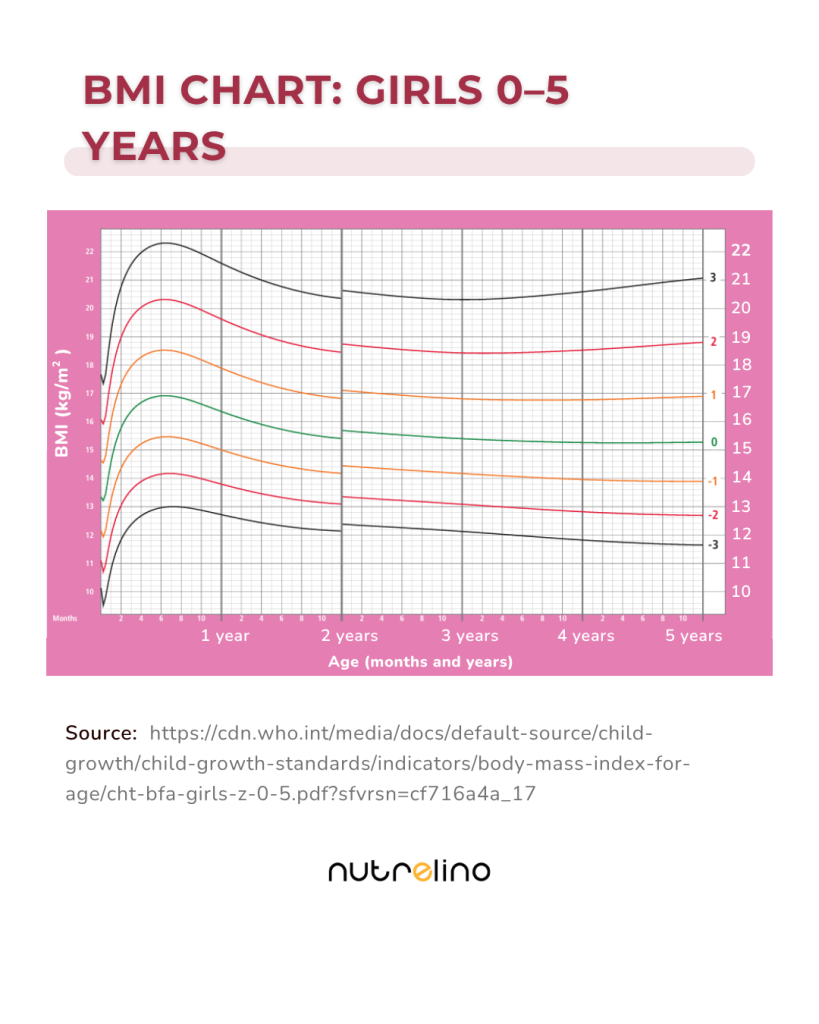
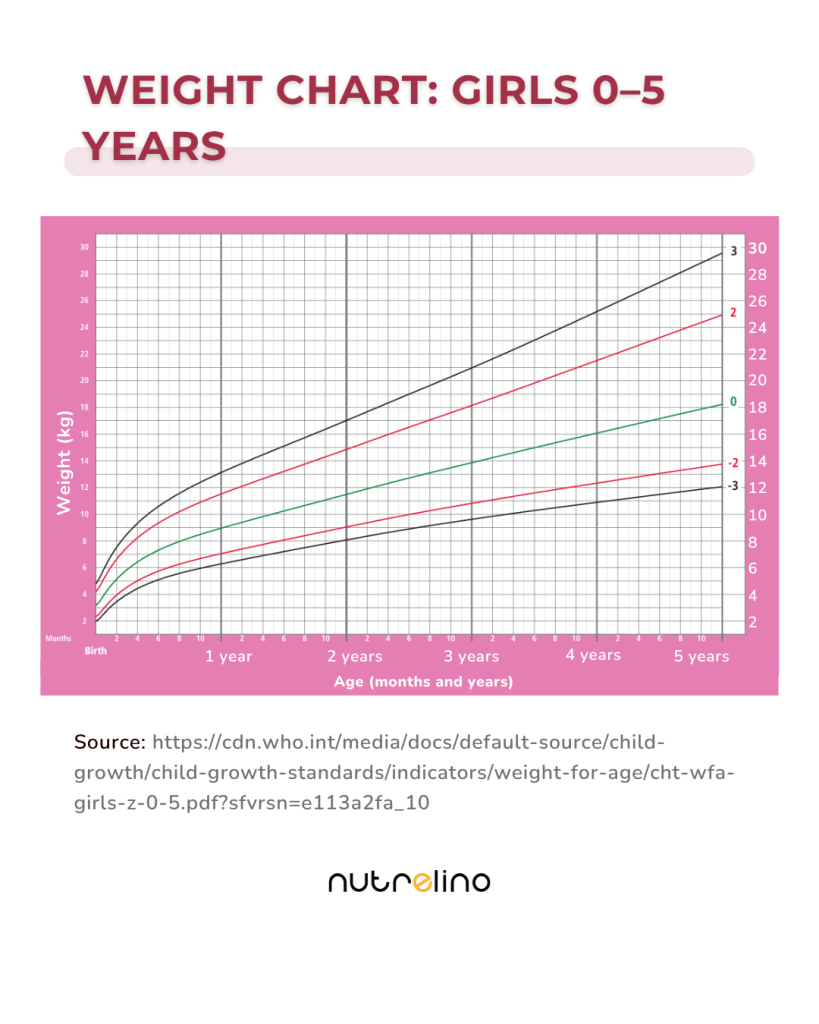
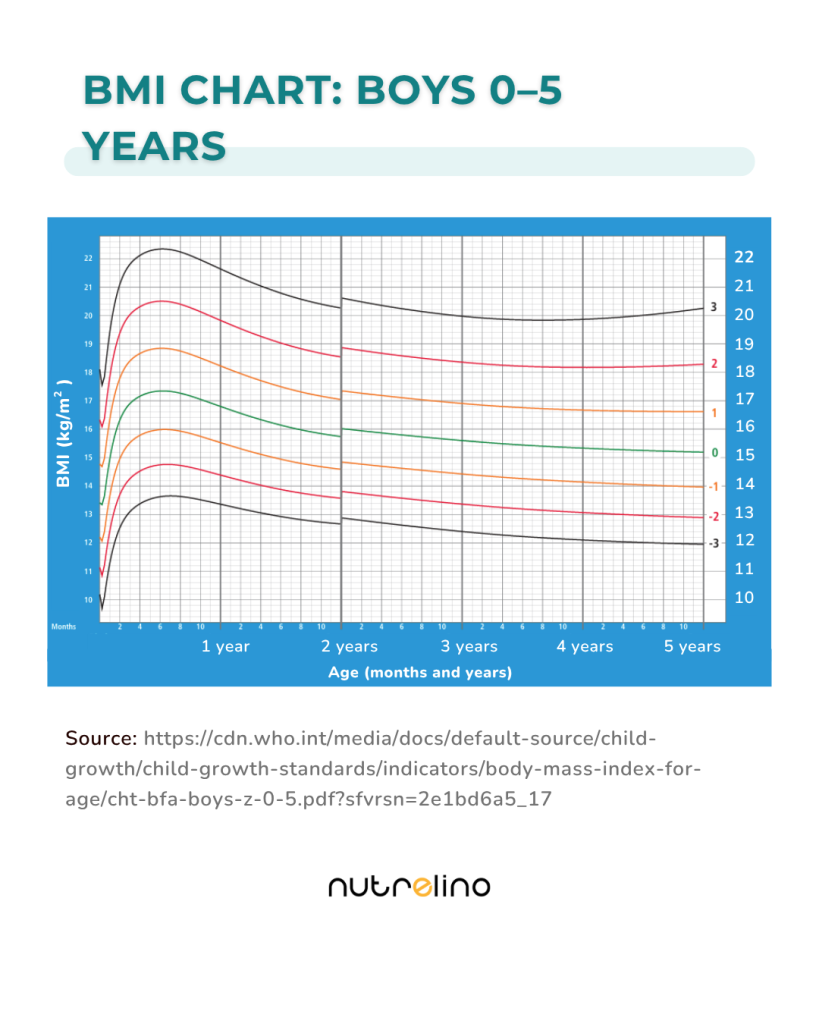
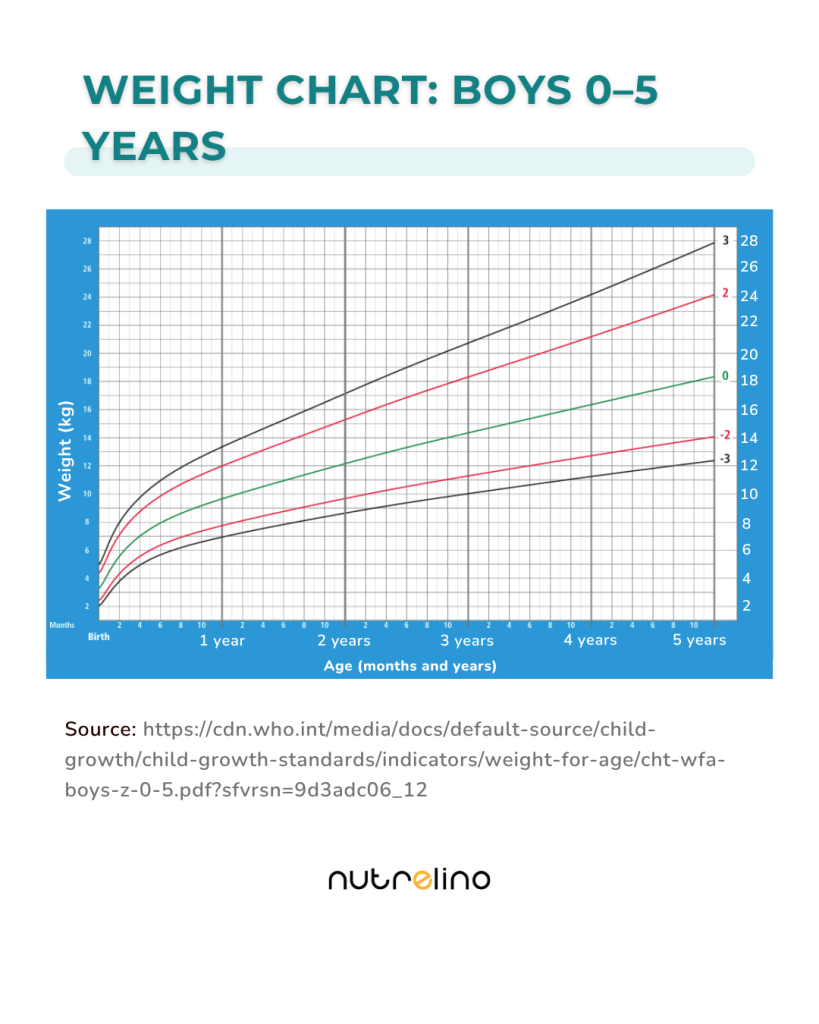
📝 Quick note on BMI charts:
- above +1 → overweight
- above +2 → obesity
- below –1 → underweight
- below –2 → severe undernutrition
📌 Not sure where your child stands?
Talk to your pediatrician — prevention is always easier than treatment.
How to Fight Childhood Obesity?
Let’s be honest: kids don’t get to choose.
- They don’t choose where they grow up.
- They don’t choose what ends up on their plate.
- They don’t choose what’s in the school cafeteria — or what they see in ads.
➡️ That’s why it’s on us — the adults — to step up and help them.
Childhood obesity is a societal issue, not just a parenting problem.
It has many causes, including:
- the mother’s diet during pregnancy and breastfeeding
- excess unhealthy food available at home and in schools
- aggressive marketing of sweets and processed products
- easy access to cheap fast food
- too few opportunities to move (like missing parks, public playgrounds, or affordable sports)
What happens around our children shapes them. And if we want change, it has to start as a community, as a society. Parents, teachers, city planners, schools, the food industry — we all have a role to play.
👨👩👧 Change Starts at Home and from Birth
The most powerful tool we have to fight childhood obesity is prevention. And it starts right at home.
➡️ Kids learn by watching — and they copy what they see in their parents.
That’s why it’s so important to let go of the outdated idea that “a chubby kid is a healthy kid” or that “they’ll grow out of it.” It might sound harsh, but it’s true: that’s just a myth.
📌 Statistics don’t lie: Most children with obesity will carry it into adulthood.
And if one or both parents are also obese, the chance of change without family support is very low.
🍼 It Starts from Birth
Healthy habits begin in the very first months of life:
- timely and appropriate breastfeeding
- introducing nutritious first foods
- avoiding items high in sugar, salt, and fat
- using home-prepared meals adapted for babies — not prepackaged substitutes
Even toddlers should be eating a diverse and balanced diet — veggies, fruit, whole grains, legumes, nuts… All tailored to their age and stage.
Without unnecessary additives or empty calories.
🥦 What About Later in Childhood?
- Reduce processed foods and sugary drinks
- Increase fruits, vegetables, whole grains
- Encourage daily movement — aim for at least 60 minutes a day.
(That can mean active play, biking, dancing, walking — whatever gets them moving)
🎯 And most importantly — teach them. Not just what to eat, but why. Help them understand hunger, fullness, taste, and how to listen to their own body.
🏫 Schools and Preschools: Powerful Allies
Kids spend half their day in school or daycare. That’s a huge opportunity to help them build healthy habits — for all kids, regardless of background.
Schools can:
- serve healthy meals (more fruits and vegetables, fewer processed foods)
- teach nutrition — not just to kids, but to teachers and cafeteria staff too
- build in active breaks between lessons
- cut down on marketing and vending machines full of junk food
🧠 Kids are easily influenced. If they get to choose between candy and fruit, ads and sugar will win every time. But schools can absolutely guide them toward better choices.
🏙️ Cities Can Help Too
Many neighborhoods lack public playgrounds, sports areas, or parks. And when they do exist, they’re often paid, overcrowded, or hard to access.
Yes, building infrastructure takes time — but that doesn’t mean there aren’t other ways to move. Even without a gym or playground, activity is possible anywhere.
🖤 The time you spend being active with your child is an investment in their health and that will always matter more than convenience or excuses.
🏭 What About the Food Industry?
The reality is simple: fast food, candy, and sugary drinks sell — because people keep buying them.
The more we buy, the more they produce. And the more ads kids see. The food industry won’t change on its own. But public pressure works.
➡️ Buy quality food.
➡️ Demand clear labels and honest nutrition info.
➡️ Support brands that actually speak to kids in a responsible way.
📢 Marketing can be a force for good — but only if we start asking for it.
✅ Tips to Help Kids Build Healthy Habits
Small steps lead to big change. And honestly, it’s often the simple things that work best.
Try this:
- Praise effort, not weight — celebrate that they’re trying, not just the number on the scale
- Move together — go for a walk, dance, play… whatever you both enjoy
- Let them choose a fruit or veggie in the store — and try it together
- Cook together — teach them the flavors and the process
- Eat together — kids naturally copy what they see
- Serve smaller portions — they can always ask for more if they’re still hungry
- Don’t use food as a reward — choose experiences, time, or shared fun instead
- Water over sugary drinks — basic, but incredibly effective
- Less screen time, more shared activities
- Make sure they get enough sleep — yes, even that affects weight
🛌 Recommended sleep time by age:
- 4–11 months: 12–15 hours
- 1–2 years: 11–14 hours
- 3–5 years: 10–13 hours
- 6–13 years: 9–11 hours
- 14–17 years: 8–10 hours
🧠 Healthy habits can reduce the risk of obesity by up to 60%. That means lower risk of diabetes, sleep issues, high blood pressure, joint pain, and more.
But here’s the thing — even healthy food can cause weight gain if there’s too much of it. Yes, even if it’s “the good stuff.”
📌 It comes down to a simple rule: Energy in = Energy out for weight. Macro and micronutrients for health. To maintain a healthy weight, both sides of the equation matter.
📲 Nutrelino Can Help You With That
Want to know how much energy (kcal), nutrients, and vitamins your child gets each day?
➡️ With the Nutrelino app, it’s easy to track — clearly and without stress. You just set your child’s age, needs, and goals — and the app does the rest.
Even if you’re just getting started, you’ve got this. Because every step counts. And right now, you’re taking the first one.
Sources:
- https://www.eufic.org/en/healthy-living/article/childhood-obesity-infographic
- https://www.alphamedical.sk/casopis-invitro/syndrom-spankoveho-apnoe
- https://www.who.int/dietphysicalactivity/childhood/en/
- https://www.who.int/end-childhood-obesity/facts/en/
- https://www.who.int/news/item/27-04-2006-world-health-organization-releases-new-child-growth-standards
- https://www.ncbi.nlm.nih.gov/pmc/articles/PMC4796326/
- https://pubmed.ncbi.nlm.nih.gov/26696565/
- https://cdn.who.int/media/docs/default-source/child-growth/child-growth-standards/indicators/weight-for-age/cht-wfa-girls-z-0-5.pdf?sfvrsn=e113a2fa_10
- https://cdn.who.int/media/docs/default-source/child-growth/child-growth-standards/indicators/weight-for-age/cht-wfa-boys-z-0-5.pdf?sfvrsn=9d3adc06_12
- https://cdn.who.int/media/docs/default-source/child-growth/child-growth-standards/indicators/body-mass-index-for-age/cht-bfa-girls-z-0-5.pdf?sfvrsn=cf716a4a_17
- https://cdn.who.int/media/docs/default-source/child-growth/child-growth-standards/indicators/body-mass-index-for-age/cht-bfa-boys-z-0-5.pdf?sfvrsn=2e1bd6a5_17


